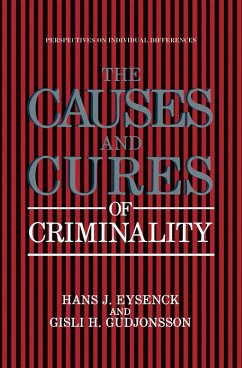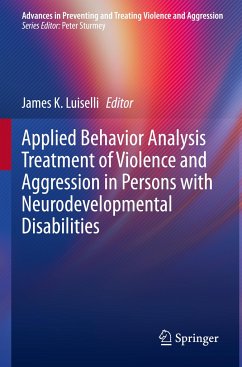
The Complexity of Psychopathy

PAYBACK Punkte
61 °P sammeln!
This book provides a nuanced view of psychopathy by linking this syndrome to acknowledged DSM categories and exploring diverse theoretical perspectives for the conceptualization of this condition. While other volumes focus on the uniqueness of the disorder, this book highlights the heterogeneity of psychopathy and the implications of that heterogeneity for research and treatment. Directed to both clinicians and researchers, this volume aims to improve understanding and treatment for this complex condition.














